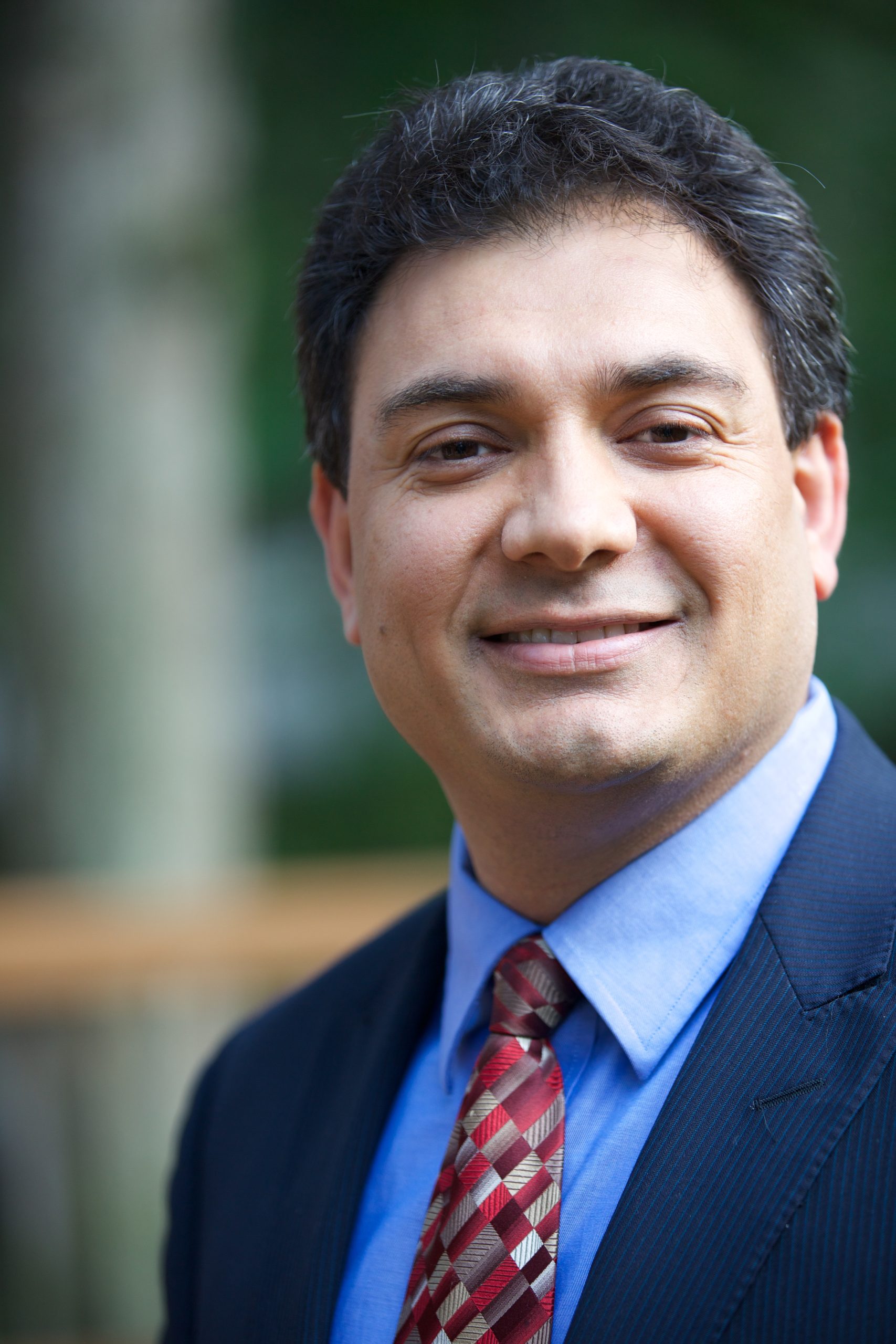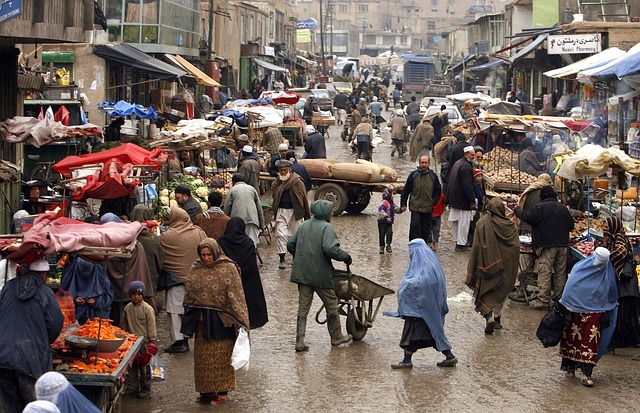Escaping Mare’s Nest: The case of Afghan Hazara
More often than not our minds wander towards Hazaras when we hear about Shias dying in terrorist attacks in Pakistan and Afghanistan. This Ramadan, hundreds of Shias lost lives to Islamic terrorism and as usual, a large majority of the victims were ethnic Hazaras. Many among the deceased were girl students from a junior school in Kabul.
Hazaras are part of Chahar Aimagh – the four clans – which according to some sources share ancestral link with the Mongolians of Siberia. Racial studies show close kinship of Hazaras with Uzbeks, Bashkirs, Tatars and Uighurs. They speak Hazargi and/or Aimaghi, which are Persian dialects with heavy borrowing from the Turkic and Mongolian languages. Interestingly, Mongolian was widespread among the Aimagh groups up until the late seventeenth century.
The majority of Hazaras adhere to Twelver Shiasm, while lesser known Aimaghs like Timori, Taymani, Jamshidi and Firozkohi mostly follow Sunni and Shia-Ismailia Islam. In the absence of an official ethnic-based census, estimates show that Aimaghs collectively constitute for one-fifth of Afghanistan’s population. Most Aimagh-inhabited provinces are situated in the heart of Afghanistan along the strategic roads leading to Iran and Uzbekistan.
The ancestors of Pakistani Hazaras arrived from Afghanistan a few centuries ago to escape persecution. However, death followed Hazaras to their adopted country and they remain the most targeted racial group accounting for over half of Shia-slaughters.
So, what makes Hazaras a preferred target? To state the obvious, it’s the looks that kill. Ahmad Shuja Jamal, an official in the former Afghan government’s National Security Council states that “while it takes effort and ideology to otherize Shia Punjabis — who look, dress, talk, and walk the same as Sunni Punjabis — Hazaras are different in all these respects”. In some instances, anti-Shia gangs have also targeted and killed Balti-Tibetans of Quetta for their facial resemblance with the Hazaras. Graves of Baltis in the Hazara cemetery, including that of prominent cleric, Allama Zakri Balti, is a testimony to this unforgiving reality.
Hazaras are the largest ethnic group among the Shias of Balochistan and therefore they stand out as a prime target. Despite the prevailing threats, the Quetta police department refuses to provide security to the Hazaras. The challenges pertaining to safety force Hazaras to remain cooped-up in their enclaves which impacts their psychological and economic wellbeing. Dr Saleem Javed, a Hazara activist and political commentator argues that the idea of establishing an ethnic enclave for enhanced security works against the desired objectives as military-backed anti-Shia gangs easily locate and penetrate the neighborhoods and inflict maximum damages on Hazaras.
Nabi Bakhsh Baloch, the US-based representative of Balochistan National Movement states that the military-backed terrorists massacre Hazaras for their opposition to Afghan Taliban. However Pakistani governments as well as the media blame Baloch for their killings to distract the global community from an ongoing Baloch genocide.
In recent years, the Afghan Hazaras have been caught in a pincer move as both Taliban and the Islamic State of Khurasan (IS-K) accuse and punish them for supporting American presence in Afghanistan. Dr. Saleem Javed says that the Pakistani military encourages Taliban and IS-K to suppress and kill Hazaras since they all benefit from ethnic cleansing and forcible displacement of Hazaras. Many Hazaras now criticize President Biden for enabling Taliban’s return to power.
One could assume that Iran, being a Shia country, would take diplomatic measures to protect the Hazaras. However, there is a general understanding among the Hazaras that Iran is only interested in using the radicalized Shias to control politics in Afghanistan. Hazara refugees residing in Iran often accuse the authorities there of racial discrimination and persecution. The exploitative, racist and colonialist policies of Iranian regime prevented leaders like Abdul Ali Mazari – who is also known as the father of Hazara nation – from cultivating a sustainable working relationship with the counterparts in Tehran.
The Hazaras claim to be indigenous to the soil of Afghanistan and yet they have no place to call home. As of today, they have no government or country to turn to for protection or economic relief. The United Nations should investigate the causes behind Hazara genocide in Pakistan and Afghanistan and penalize Pakistani military for its role in the extermination of a race. The deep sectarian divide is an obstacle to Aimagh clans unifying against the Taliban onslaught and reclaiming lost lands and cultural identity. In this context, Hazaras being the largest among the Aimagh clans could reach out to other Aimaghs for the greater cause of resisting agony and death.

Senge Sering is the President of Gilgit Baltistan Institute in Washington D.C.

